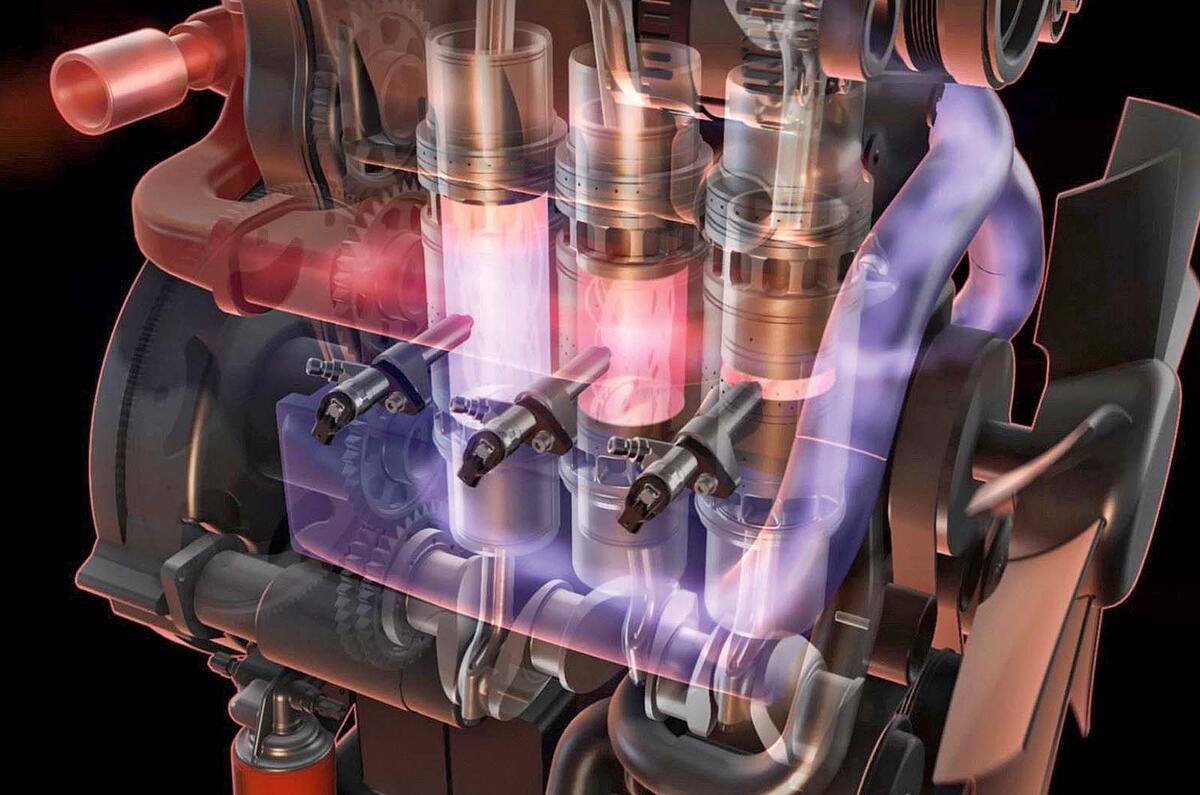Interesting and unusual engine concepts come and go, but one, the opposed-piston engine (OPE) from Achates Power, continues to move towards production.
In 2020, Ricardo North America, the US arm of the century-old UK engineering firm, formed a partnership with Achates to help move the project on.
The aim is to produce a lightweight, fuel-efficient, 270bhp petrol engine to meet the strict US emissions regulations governing light duty vehicles (LDVs) being phased in between 2017 and 2025.
The engine is intended for use in commercial vehicles such as American full-sized pick-up trucks, giving the performance of a gas-guzzling engine without the fuel consumption or emissions. It’s also equally suitable for passenger cars.
The latest news is that Ricardo has cut the weight of a second-generation engine by a massive 60% compared with that of the first, with a 20% improvement in fuel consumption over the best to date in a full-sized pick-up, plus diesel-like torque.
Such engines aren’t new (Junkers Jumo diesel OPEs were used in German aircraft in World War Two, for instance), but they are quite radical compared with conventional piston engines, which have reciprocating pistons speeding up and down cylinder bores.
Instead, imagine a boxer engine, such as that in a Subaru or Porsche. This is known as a horizontally opposed engine, with pistons moving in and out on a horizontal plane from a central crankshaft and cylinder heads on the outside, where the combustion takes place.
Turn that around, with two crankshafts on each end of the engine instead of cylinder heads and two pistons in each bore moving in towards one another, and that’s how an OPE works. Fuel and air are introduced between the pistons as they almost meet in the centre of the bore to create a combustion chamber in the space between them. When the mixture ignites, the ‘opposed’ pistons are forced apart. Air in and exhaust out are handled at the centre of the engine.
Achates’ engine is a two-stroke, firing each time the pistons meet. What makes it even more advanced is that it’s a gasoline-compression-ignition engine. This means the petrol is ignited not by a spark but by the heat of compression plus traces of hot exhaust gas.
The absence of cylinder heads and camshafts and fewer bores mean the three-cylinder engine is lighter and cheaper to make.
It also converts more of the fuel’s energy into mechanical power rather than losing it as heat. This thermal efficiency gives it the edge over other reciprocating engine technologies.
The Hydrogen Opposed-Piston Engine Working Group, of which Achates Power is a founding member, is looking at developing direct-injection, spark-ignition versions to burn hydrogen cleanly with very little NOx generation. Although not mentioned specifically, it also seems likely that OPEs could run on synthetic fuels as well.






Join the debate
Add your comment
Sounds like a good diea. If this could be combined with the exhaust treatment idea from Loughborough University that won the Autocar awards a few years ago then surely ICE's will have a stay of execution?
And a herd of pigs, powered by excess methane is preparing to take off....
Yes, great, but, they only reduce pollution if the Hydrogen option is the fuel, would Countries like America, China, Russia for instance be the ideal candidates for these engines? Because of their population size?, I agree, they have had plenty time developing testing, why aren't they here today?